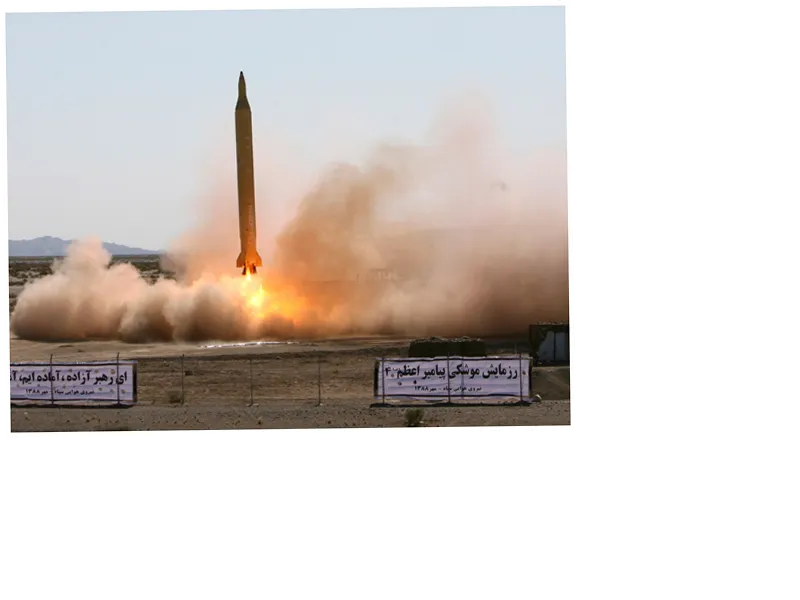Iran's Ghadr Missile: A Response to Escalating Tensions with Israel
Iran has recently intensified its military capabilities with the use of its Ghadr missile, a long-range surface-to-surface ballistic missile developed from the Shahab 3 missile family. The escalation was marked by Iran's launch of over 200 ballistic missiles, including Ghadr missiles, targeting Israel on October 1, 2024. This military action was in retaliation for the assassination of prominent figures associated with the Islamic Resistance Movement (Hamas) and Hezbollah, including Ismail Haniyeh and Hassan Nasrallah.
The Ghadr missile family consists of three variants: Ghadr-S, Ghadr-H, and Ghadr-F, each designed for enhanced performance and range. The Ghadr missiles symbolize Iran's commitment to upgrading its missile technology and capabilities, showcasing a significant advancement in their military arsenal.
Specifications and Capabilities of the Ghadr Missile
The Ghadr missile series has impressive specifications: they weigh approximately 17 tons, measure 15 meters in length, and have a diameter of 1.25 meters. The warheads can weigh between 700 to 1,000 kilograms, and the missile can reach speeds of up to Mach 9. Notably, the missile operates on liquid fuel in its first stage and solid fuel in its second stage, allowing for a more efficient launch process.
In terms of range, the Ghadr-S can strike targets up to 1,300 kilometers away, the Ghadr-H extends this range to 1,650 kilometers, and the Ghadr-F can reach targets at a distance of 1,950 kilometers. With a high degree of accuracy, these missiles can hit targets within a 300-meter CEP (circular error probable) radius, making them formidable weapons in Iran's military strategy.
Advanced Features and Launch Capabilities
The design of the Ghadr missiles includes a conical nose that minimizes air resistance, enhancing stability and maneuverability. They are capable of evading radar detection due to their speed and can be launched from mobile platforms, increasing their operational flexibility. Additionally, the missiles can be equipped with smart warheads that guide them to their targets with precision after re-entering the atmosphere, further increasing their effectiveness in combat scenarios.
The unveiling of the Ghadr missile in 2007 and subsequent tests in 2015 marked significant milestones in Iran's military development, highlighting their ongoing efforts to bolster their defense capabilities amid regional tensions.





